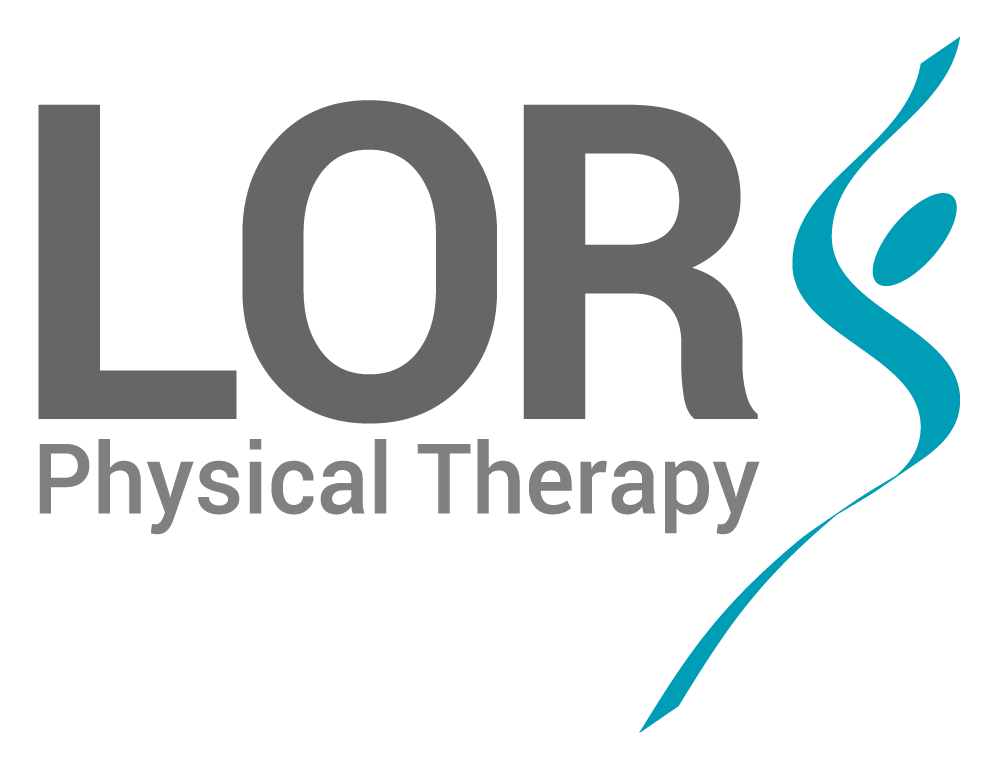Are the Heels on Our Shoes Bad for Us?
For the purpose of this article, look down at the heel of your shoes.
What do you see?
If there's any raise at the back consider what this piece of technology might be doing to the health of your feet, ankles and legs long-term.
The tricky thing about any heel - not just the classic lady's heel, is they might be doing your ankles a disservice.
They might be getting stiff over time.
Interestingly, the size of the heel represents the exact amount of ankle range you don't get access to. And as the saying goes "use it or lose it."
Considering we spend so much time throughout the day wearing shoes, it's important to be aware of their impact.
The Impact of a Heel
The stiffness accrued from being in a continually shortened ankle position can have huge ramifications for your leg mechanics and risk of injury.
Stiff ankles have a role to play in the following issues:
Plantar Fasciitis
Calf Tears
Shin Splints
Bunions
Achilles Dysfunction
Navicular Bone Injury
ACL Injury
Meniscal Tear
Knee and Ankle Arthritis
Ankle Impingement
Poor Squat Mechanics
Altered Running Patterns
Back Pain
Hip Pain
Flat Feet
… and the list goes on.
The Positive Role of Heels
Interestingly, heels do actually have a place.
If you've suffered an injury to your calf or Achilles a heel raise can be a valuable tool. It’ll help unload the injured area and allow you to function better early on. But at some point, they’ll become counterproductive if you’re not progressing past them.
Similarly, there are short-term athletic gains to be made by having heeled shoes.
Any Olympic lifting (clean and jerk, snatch) and squatting will become easier with a heel.
There's also nothing wrong with wearing heels during a night out. You still deserve to feel good and enjoy yourself. But you’ve got to understand the potential long-term ramifications of constant use.
There is often a need to balance out the cost involved. Your body should have enough tissue tolerance to survive a night out in heels or a session in Olympic lifting shoes. But it shouldn't be the norm if you're striving for normal function and performance.
So if you're looking to improve your physical resilience, reduce your risk of injury, or even just improve your athletic performance long-term, think twice about the usefulness of heels.
This isn't to suggest you need to go out and buy a brand new pair of shoes with less heel, but consider making your next pair a little less thick at the back.
Work hard at your ankle mobility in an attempt to reclaim any lost function and get back to be your awesome, heel-less self!
If you’d like to explore this idea, why not come in and have your ankles and shoes evaluated?
Give us a call today on (949) 443-5442 and let us work towards a better you.
